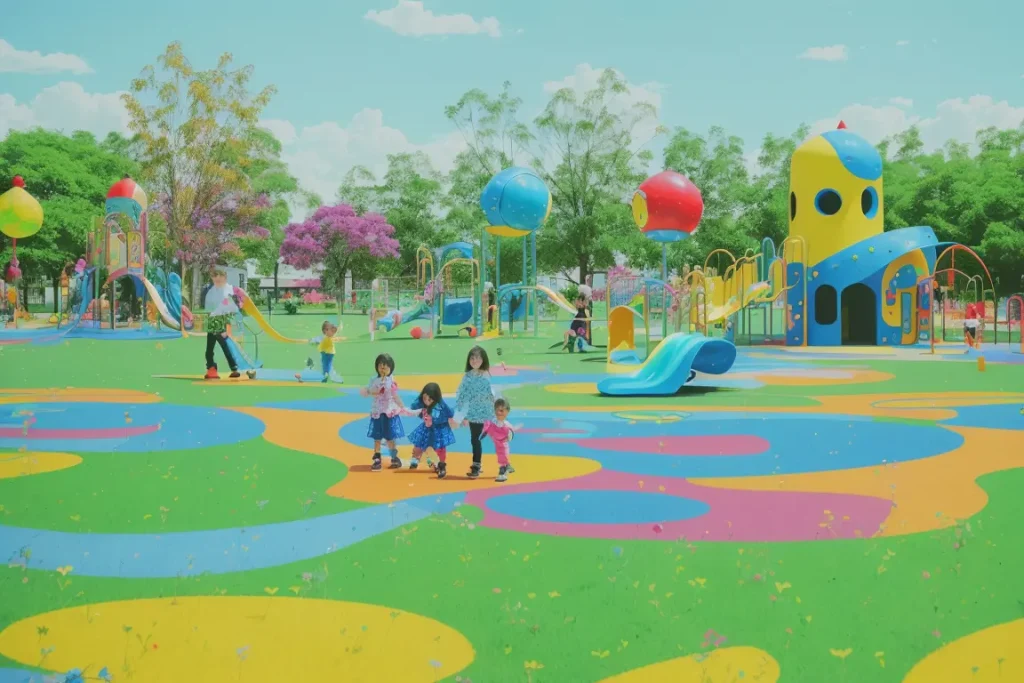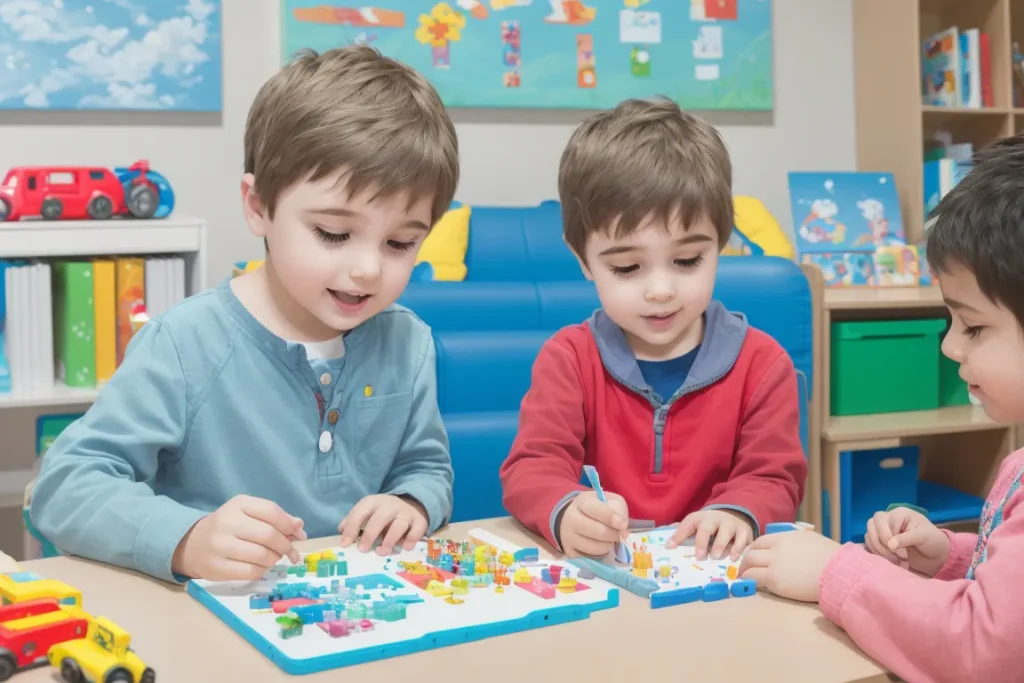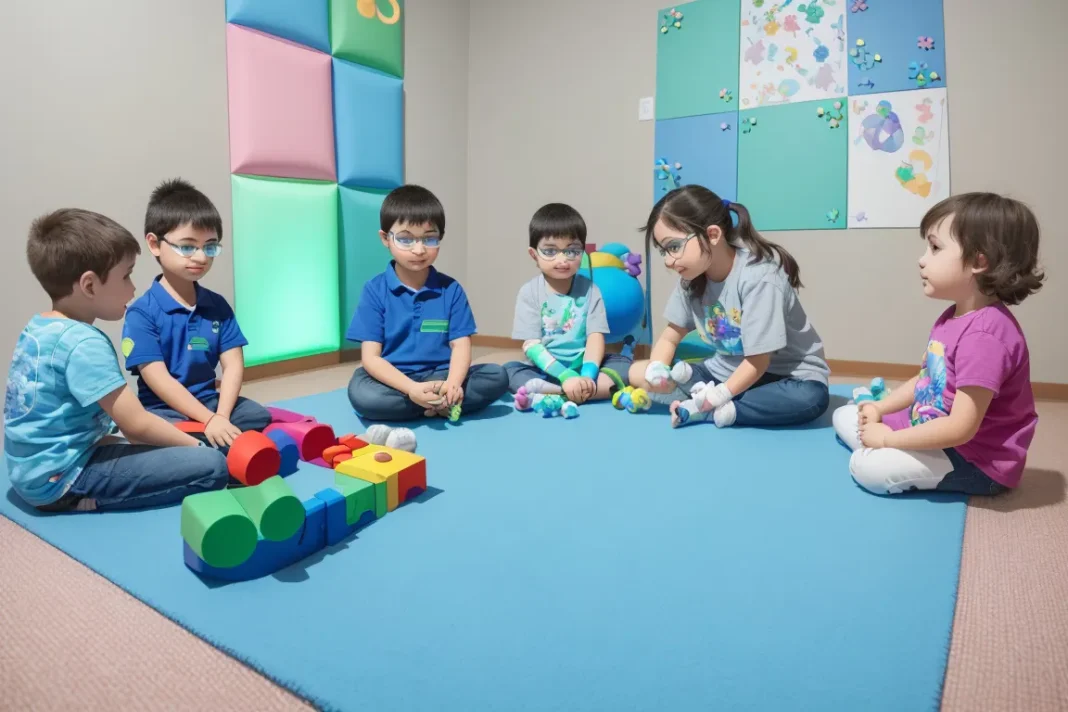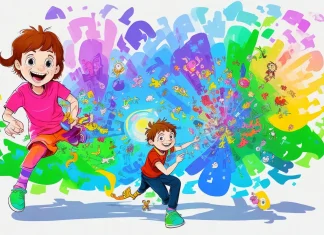Introduction
Welcome to our comprehensive guide on autism therapy for kids. If you have a child with autism spectrum disorder (ASD), you know how crucial it is to provide them with the right support and care. In this article, we will explore the various types of autism therapies available, their benefits, and how you can create a supportive environment for your child..
Understanding Autism

Before delving into therapy options, it’s essential to understand autism. Autism is a developmental disorder that affects social interaction, communication, and behavior. Children with autism may have difficulties in verbal and nonverbal communication, engaging in social interactions, and exhibiting repetitive behaviors or restricted interests. Each child with autism is unique, with varying strengths and challenges.
Importance of Autism Therapy for Kids
Autism therapy plays a vital role in helping children with ASD reach their full potential. Early intervention and ongoing therapy can significantly improve a child’s communication skills, social interactions, and overall quality of life. By targeting specific areas of development, therapists can help children develop crucial life skills and bridge any existing gaps.
Different Types of Autism Therapies

There are several effective therapies available for children with autism. The choice of therapy depends on the individual needs and strengths of the child. Here are some common types of autism therapies:
Applied Behavior Analysis (ABA) Therapy
ABA therapy is a structured approach that focuses on reinforcing positive behaviors while minimizing negative ones. It involves breaking down complex skills into smaller, manageable steps and providing positive reinforcement to encourage desired behaviors.
Speech Therapy
Speech therapy aims to improve a child’s communication skills, including speech, language, and nonverbal communication. Therapists use various techniques and exercises to enhance vocabulary, articulation, and pragmatic language skills.
Occupational Therapy
Occupational therapy helps children develop essential skills for daily life activities, such as fine motor skills, sensory processing, and self-care skills. Therapists work on improving coordination, sensory integration, and independence in daily tasks.
Social Skills Training
Social skills training focuses on teaching children with autism appropriate social behaviors and interactions. It helps them understand social cues, develop empathy, and enhance their ability to make and maintain friendships.
Benefits of Autism Therapy for Kids

Autism therapy offers numerous benefits to children with ASD and their families. Some of the key advantages include:
- Improved communication and language skills
- Enhanced social interactions and relationships
- Reduced challenging behaviors
- Increased independence and self-care abilities
- Improved academic performance
- Enhanced overall quality of life
Finding the Right Autism Therapy
Finding the right autism therapy for your child requires careful consideration. It’s essential to consult with professionals, such as pediatricians, psychologists, and therapists, to assess your child’s specific needs and develop a tailored therapy plan. Consider factors such as therapy effectiveness, therapist qualifications, and compatibility with your child’s personality and learning style.
Creating a Supportive Environment

In addition to therapy, creating a supportive environment at home and in the community is crucial for a child’s development. Some strategies include:
- Establishing consistent routines and clear expectations
- Providing a sensory-friendly environment
- Encouraging and facilitating social interactions
- Promoting a positive and accepting attitude
- Collaborating with teachers and school staff for a comprehensive approach
Tips for Parents and Caregivers
As a parent or caregiver, you play a vital role in your child’s progress. Here are some tips to support your child’s therapy journey:
- Stay actively involved in therapy sessions and communicate with therapists regularly.
- Implement therapy techniques and strategies at home to reinforce learning.
- Celebrate small victories and provide consistent praise and encouragement.
- Educate yourself about autism and stay informed about the latest research and therapies.
- Seek support from support groups, online communities, and other parents facing similar challenges.
The Role of Early Intervention

Early intervention is key to maximizing the benefits of autism therapy. Research shows that starting therapy as early as possible can lead to significant improvements in a child’s development and long-term outcomes. Early intervention programs focus on providing specialized support and therapy to infants and toddlers at the earliest signs of developmental delays.
Success Stories and Testimonials
Many children have thrived and achieved remarkable progress through autism therapy. Success stories and testimonials from parents and individuals with autism can provide inspiration and hope. These stories highlight the transformative impact of therapy and the potential for growth and development.
Common Myths About Autism Therapy
Despite the proven benefits of autism therapy, there are several myths and misconceptions surrounding it. Let’s debunk some of the common myths:
Myth: Autism therapy can “cure” autism.
- Fact: Autism is a lifelong neurodevelopmental disorder, and therapy aims to support and enhance a child’s development, not cure the condition.
Myth: Autism therapy is only for young children.
- Fact: Therapy can benefit individuals of all ages, and tailored approaches exist for different developmental stages.
Myth: Autism therapy is a one-size-fits-all approach.
- Fact: Autism therapy is highly individualized, and treatment plans are tailored to each child’s unique strengths and challenges.
Myth: Autism therapy is expensive and not covered by insurance.
- Fact: Many insurance plans cover autism therapy, and there are also government programs and community resources available to support families.
Myth: Autism therapy replaces the need for special education or school-based services.
- Fact: Therapy complements educational support and can be integrated into a comprehensive approach to meet a child’s individual needs.
Conclusion
Autism therapy for kids is a powerful tool in unlocking their potential and helping them thrive. By understanding the different types of therapies available, creating a supportive environment, and actively participating in your child’s therapy journey, you can make a significant difference in their development. Remember, each child is unique, and with the right support, they can overcome challenges and reach their full potential.
FAQs
Q1: How long does autism therapy typically last? A: The duration of therapy varies depending on the child’s needs, but it is typically long-term and may continue for several years.
Q2: Can autism therapy be provided in a school setting? A: Yes, many schools offer specialized programs and services for children with autism, including therapy sessions and individualized education plansthat incorporate therapy goals.
Q3: Are there any alternative therapies for autism? A: While evidence-based therapies are the recommended approach, some complementary and alternative therapies can be used alongside them. It’s important to consult with professionals and ensure the safety and effectiveness of any alternative therapies.
Q4: How can I find qualified therapists for my child? A: Seek recommendations from healthcare professionals, join local autism support groups, and research therapists specializing in autism. Look for therapists with relevant certifications and experience in working with children with autism.
Q5: Can siblings and family members be involved in autism therapy? A: Absolutely! Involving siblings and family members in therapy sessions and creating an inclusive environment can foster understanding, support, and better outcomes for the child with autism.



























